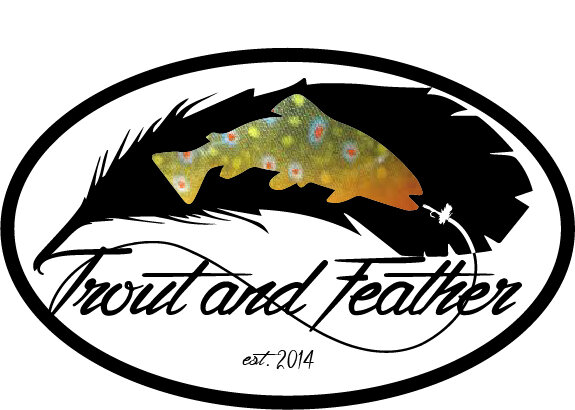Imagine the first angler who stumbled upon what is now a famous river - like the Battenkill, the Madison, or the Snake. Think about the pristine quality of the watershed. Consider the flourishing population of big, wild fish he would have encountered. Envision what he must have felt… what had to have been going through his mind.
I know what wasn’t going through his mind. “I don’t know if I’m ever going to catch these fish!”
Why is that? Because he (or she) was an angler. And without even knowing what species of fish was in the river he would be confident in his ability to catch a few. He was an angler: he would be confident in which spots to target, which approaches to take, and when to call it quits.
Believe it or not, but you have a lot more in common with this adept ancient angler then you might think. Sure, your gear is different and you’re not fishing for sustenance. But otherwise, you’re both fishing and you’re both fishermen. So why the history lesson? For all the energy and effort that we put into catching fish, there are some simple patterns and processes that work. They’ve stood the test of time.
Our primitive piscivorous progenitor also looked to riffles, runs, and pools. As they still do today, fish moved with the light and the temperature and the seasons. Big fish chase little fish, which means the big fish are going to be just on the perimeters of where the little fish hide. Don’t disturb the water, cast a shadow, or create a silhouette. Some angling truths are universal. Our earliest ancestors knew this and our grandparents knew this. I know this and you know this.
What this means is that you shouldn’t ever say “I don’t know if I’m ever going to catch these fish!”
Situations you’re faced with may very well be intimidating. A front just came through. No bugs are hatching. It is a brand new river. They didn’t hit the first fly you threw at them. Getting past that first discouragement or frustration is key. Once you blow the candles out on that tiny pity party, you can start to diagnose what is actually going on. Focus on the high percentage spots. Fish the patterns you have confidence in. Focus. Be patient. Hunt. Remember you usually have to earn it, and that the times when it all clicks are the result of paying your dues and simple repetition.
One more question (which you may very well be asking): Why bring up primeval fisher-folk and pop psychology instead of sharing a new fly or leader formula or casting cadence? Because I, and probably no one else, is going to build a better mousetrap. Once you lean back on what you’ve learned and what you’ve experienced, focus on what is in front of you, and just fish… that is more valuable than trying to incorporate some trendy new technique that you’re completely unfamiliar with.
-
Get into the practice of remembering all that and you’ll have something else in common with your fishing forebearer: you can just fish, not worry about the newest thousand-dollar rod.

